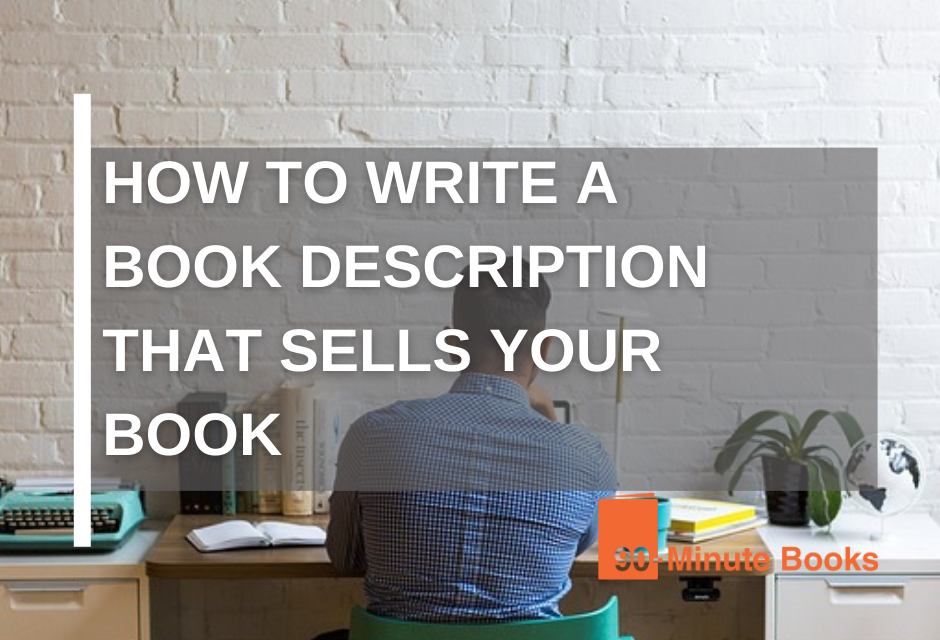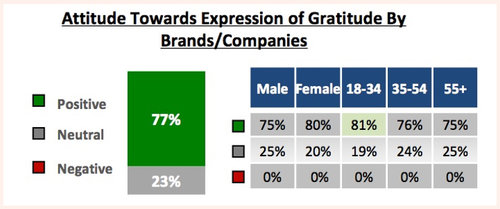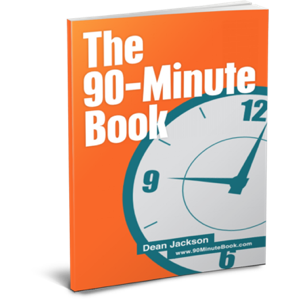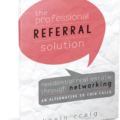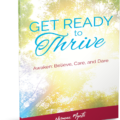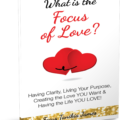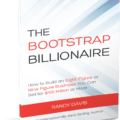This post is about compiling a great book description that will convince people to purchase your book. It will explain how to write a report that sells your narrative. Book summaries provide readers with insight into what is included in your tale; it could be a suspenseful drama, a love affair, or something else!
1. Select a Striking Headline
The headline is the initial thing that draws the attention of potential viewers. Visualize it like a short advertising speech – the kind you would use to promote your book at a social gathering.
Create a catchy phrase to summarize the content of your book. It should be concise, pleasant, and intriguing enough for readers to keep reading.
It’s significant to bear in mind that the title should be unique. People want something that stands out, so make sure what you provide is distinct and not like everything else.
2. Lure Readers in With a Hook
When you’ve caught the readers’ eye, the following stage draws them closer with an intriguing line or the primary one or two sentences of the book review.
The ideal way to start a post about a book would be with a captivating quote from its main character, another person in the story, a thought-provoking question, an unexpected statement, or a pledge of something entertaining.
Hooks are designed to intrigue a reader by providing just enough information to draw them in without revealing too much about the narrative’s conclusion. These teasers also arouse curiosity in the reader: If the reader is intrigued by the passage read thus far, there is a reasonable probability that he/she will continue reading until getting all the needed solutions.
If you make your hook seem alluring, people will be driven to click on it and look further into the explanation! If you can come up with a phrase or term that quickly grabs readers’ attention and hints at the contents of your work, go for it — but only if it is an accurate reflection of the story!
3. Write a Short Paragraph
Try not to force all the details into a single paragraph and avoid the desire to do so. Readers should peruse your explanation instead of flitting through it due to being overwhelmed by too much information.
Briefer summaries for digital books are more likely to draw in customers from search engines such as Google and Bing since they are more straightforward for those systems to go through and comprehend. It is recommended that book descriptions on the Amazon platform should be around 150 words long.
Concentrate on one primary element of the story that will draw people in. Keeping it concise yet providing enough data for prospective customers. Consider what would make readers interested in your book. What does it offer them? Why will it make their lives better or easier? What can they gain from it?
Remember, a book description is not a summary. Think of it as an opportunity to promote your book.
4. Add Another Hook
You have managed to rouse your reader’s attention by demonstrating what value they can anticipate from your book, but now it is essential to convince them, even more to persuade them to buy it right away.
You may want to think about putting an extra hook at the bottom of your description to tempt readers who have scrolled down the page with something attention-grabbing.
You can make this straightforward by putting in a line that states, “this is how this book will be of aid to you,” or you can be consciously detailed and stick in a passage from the book.
It is essential to give your readers one more reason why they should check out your book immediately and not wait.
Most fiction book descriptions are designed to draw readers in by ending with a cliffhanger or an open loop to arouse curiosity and leave them intrigued about what could occur next.
In contrast, descriptions of non-fiction books include a CTA (call to action). A great way to entice people to purchase your book is to offer something related to the subject or title of the book in exchange for further details–whether it is requesting them to visit your website or subscribe to your newsletter.

FREE BOOK
Discover the 5 Compelling Book Titles Types that create an ‘I Want That…’ response.
Book Description Tips per Genre
Readers only need a brief moment to decide whether they will read your book. If you’re looking to boost your prospects of selling a book, here are some elements of attractive descriptions for each book category and some advice for authors.
Remember, the ultimate goal is to sell your novel.
Self-Help
Self-help books are among the most lucrative and sought-after non-fiction reads. The book industry has many titles covering a wide variety of topics, including weight reduction and matters of faith. How do you create a book description distinct from the other titles around it?
Writing a book description for a self-help tome should highlight why the reader should purchase it and the advantages they could obtain from it. Pay attention to how your book can address your readers’ matters or answer their queries.
If you are the author of a book about slimming down rapidly, then you should emphasize how your readers can slim down with your approach expeditiously.
Fantasy
For fantasy novels, you should give your audience a sense of the world they are entering when they read your book. Describe the setting, so readers know what alternate reality or environment they are embarking upon.
Novels in the fantasy genre typically possess several notable characters in the plot. In the book description, provide an overview of the characters so that people understand what to anticipate when they read your book!
Be sure to refer to the period over which your novel takes place when discussing it to give your readers comprehension of how long it will take for their beloved character(s) to grow and change. Fantasy stories can sometimes span years or even millennia, so mention this in your description.
Thriller
The essential objective of a thriller is to captivate and sustain the interest of its audience. Crafting an account of your book is necessary to delight readers and get them interested in buying it.
The most effective strategy for putting together an account of thriller novels is to include detailed descriptions. What makes your story terrifying? Are there ghosts? Werewolves? Vampires? If so, mention them in your report! Provide readers with a preview of what your account will entail.
In your novel, include words such as “chase” and “hunt” to express the emotions and behaviors of your characters. This will enable readers to become more engrossed in the narrative and make them feel like they are part of it!
Explain how your main character obtains what they desire most in life, whether through positive or negative actions. Describe the actions they take to make this goal a reality and the consequences they face, whether good or bad. It is essential to demonstrate to the audience what is driving the character’s actions during the novel so that they can identify with them on a more profound level.
Romance
If you think about romance novels, you likely create images of sultry, passionate love scenes and pleased endings that last forever. Nevertheless, a synopsis for a romantic book should encompass more than providing a direct summation of the story.
You need to customize your descriptions according to whichever type of romance you are crafting – modern, historical, sci-fi or a mix of different genres. It is essential to keep in mind who you are writing for: Is the crowd anticipating something sultry? Do they favor a rom-com with a cheerful finale?
Focus on your characters’ emotions rather than their actions. Explain the feelings the characters are experiencing or what brought them to this point so that readers can form a connection with them before they begin reading your book! You can also describe the setting in detail.
Give your readers enough details so they can clearly imagine the situation in their heads; that will help keep them involved with the events on the second page!
Cookbooks
People enjoy perusing techniques for preparing their favorite dishes and discovering novel recipes. You need to ensure that your writing about the recipes in your cookbook is as appealing as the recipes themselves.
Present readers with a glimpse of what they will discover. Rather than simply recounting the dishes or detailing the book’s contents, provide readers with a shortened compilation of the book’s takeaways and explain why they matter. It is essential to have knowledge if your topic tackles a narrow area such as baking, utilizing herbs and spices in cooking, etc.
It is essential to point out why your book is distinct from others in its category. For instance, declaring that the recipes in a cookbook for diabetics are low in fat and sugar is essential.
How to Take The Reader With You . . . In 150 Words or Less
Audiences do not want anything drawn out, so the 150-word limit was set – by them, not by Amazon. Therefore, you have a limited amount of time in which you must fit a great deal . . . and this is the formula you must utilize.
To start, captivate your readers in the first or second sentence.
Then you need to supply additional information about the type of book you are selling. Do we want the crime book to be a police procedural, a violent gangland thriller in a tranquil English community, or in south central Los Angeles?
You also need to give your readers an idea of what emotional satisfaction they will gain from your book. This means that your audience ought to know the benefit they will receive. It’s certainly hard to create a lot of feeling in a brief passage, but readers can identify between what was depicted in the preview and what was in the full feature. They comprehend the disparity between the book synopsis and the book.
Finally, for your reader’s next step, it’s best to push them towards either “Buy Now” or “Look Inside.” I’m not a supporter of employing overly explicit commands in a book description, though you may tip the reader off where you want them to go with the text.
So that’s what our description has to accomplish. I’m about to tell you how to do it. Keep in mind that this is not a comprehensive guide to self-publishing. We have a solution available for you, should you desire it. It’s right here.
Your Amazon Book Description Template
The basic template for a book description is:
- Hook. This is one sentence, maybe two. Ideally, no more than that. If you go for three or more sentences, that can be fine . . . as long as they’re concise ones!
- Content. In the case of fiction, this will be a mini-story in its own right. In the case of non-fiction, you will be laying out the book’s substance. In both cases, you’ll be answering the “what is this?” question and the “what will it do for me?” one. For fiction, your mini-story should run to about 75-100 words. Non-fictioneers can (and probably should) go long.
- Climax/call to action. If your main content is a mini-story, you want to end it on a cliffhanger, a question, or some other place unsatisfying to the reader. In that sense, the cliffhanger IS your call to action. You’re effectively saying, “Hey, you don’t like being left in that place of suspense? Well, there’s only one way you can fix that problem, buddy . . . and the ‘Buy Now’ button is right up there.” You don’t even need to say that explicitly to say it. Oh, and the same basic approach works with non-fiction too. We’ll look at both. In terms of length, your climax is probably just one sentence. It could be two, but if so, they’re probably short ones . . .
To be clear, that template works for every book. It’s the heart of every successful book description ever.
Before considering concrete illustrations of the template in action, we have to respond to one more query.
Would you prefer a concise account of the book, similar to what Amazon Publishing typically advocates for? ( Here is an example .)
Do you prefer the approach to book description used by Bookouture, a very prosperous British e-publisher? To illustrate, here is one of their lengthy ones, with plenty of critiques incorporated.
But to be clear: that’s not the only method.
Amazon has displayed great skill in managing data, and the simplified book summaries appear to be efficacious. You can take a light approach or go all out, but you cannot change the structure.
The next thing for us to do? See how it works in practice.
Guest Post Disclaimer
The views expressed in this post do not represent the views of 90-Minute Books. The information has not been verified and should be considered an opinion. You are always advised to do independent research.

